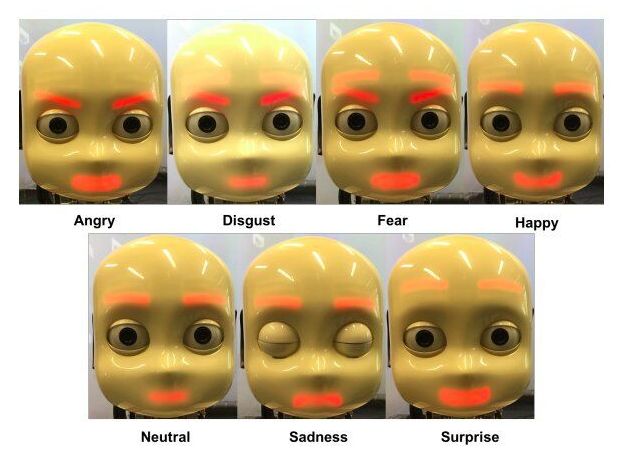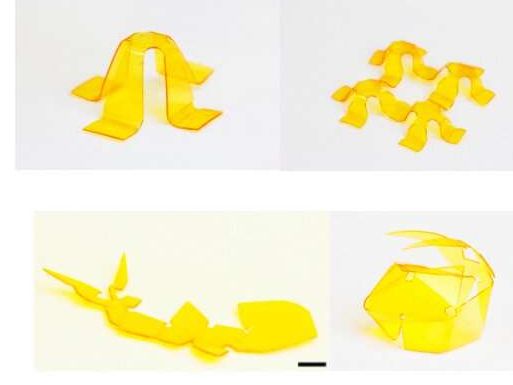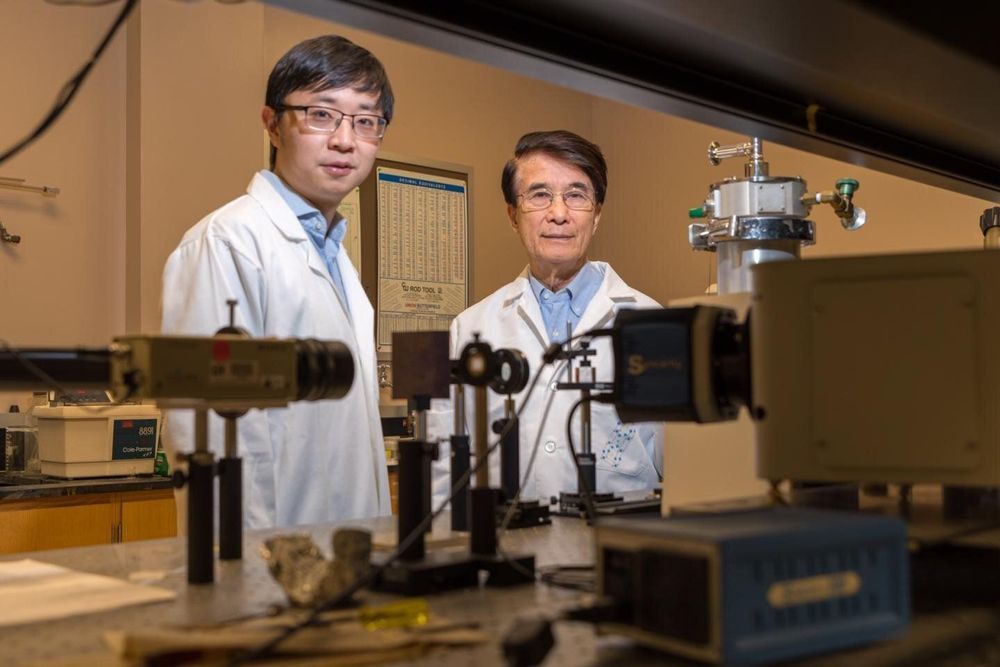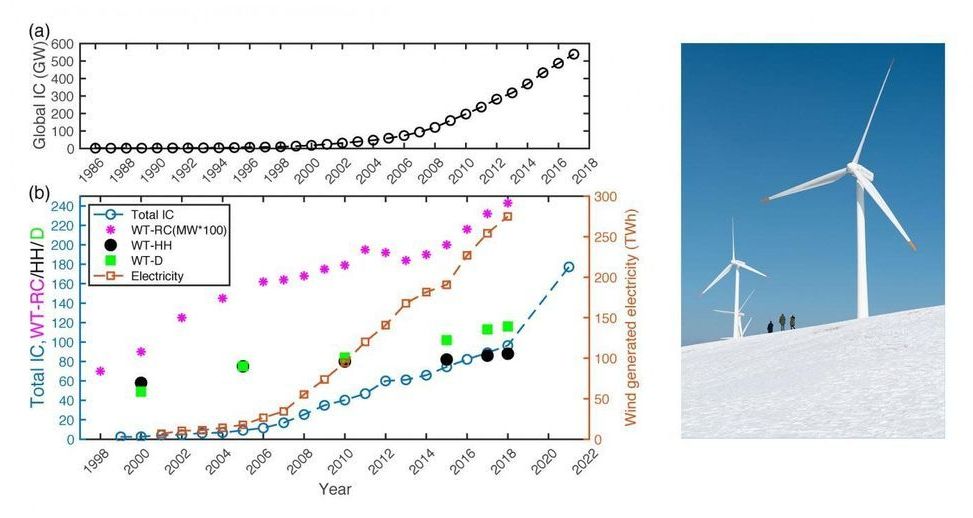Page 7651
Apr 14, 2020
Teaching the iCub robot to express basic human emotions
Posted by Saúl Morales Rodriguéz in category: robotics/AI
As robots make their way into a variety of environments and start interacting with humans on a regular basis, they should be able to communicate with users as effectively as possible. Over the past decade or so, researchers worldwide have thus been developing machine learning-based models and other computational techniques that could enhance human-robot communications.
One way to improve how robots communicate with human users is by training them to express basic emotions, such as sadness, happiness, fear and anger. The ability to express emotions would ultimately allow robots to convey messages more effectively, in ways that are aligned with a given situation.
Researchers at the University of Hamburg in Germany have recently developed a machine learning-based method to teach robots how to convey what have previously been defined as the seven universal emotions, namely anger, disgust, fear, happiness, sadness, surprise and a neutral state. In their paper, pre-published on arXiv, they applied and tested their technique on a humanoid robot called iCub.
Apr 14, 2020
A new material to print mechanically robust and shape-shifting structures
Posted by Saúl Morales Rodriguéz in categories: 3D printing, materials
In recent years, 3D printing has opened up interesting new possibilities for the large-scale production of electronic components, as well as of a variety of other objects. To this end, research teams worldwide have been trying to create materials and structures that can easily change shape, as these could be particularly useful for 3D printing applications.
Although many of the programmable and shape-shifting materials developed so far have proved to be promising for 3D printing, they are often not mechanically robust. This makes them unideal for printing objects that are resistant to a lot of weight or strain.
To overcome this limitation, researchers at Georgia Institute of Technology, Peking University and Beijing Institute of Technology have recently proposed a new shape-morphing material system that is also mechanically robust. This new material, created via the volatilization of a volatile component that has not fully reacted, was presented in a paper published in ACS Applied Materials & Interfaces. The lead authors of this paper are Qiang Zhang and Xiao Kuang.
Apr 14, 2020
Timing of large earthquakes follows a ‘devil’s staircase’ pattern
Posted by Saúl Morales Rodriguéz in category: mathematics
At the regional level and worldwide, the occurrence of large shallow earthquakes appears to follow a mathematical pattern called the Devil’s Staircase, where clusters of earthquake events are separated by long but irregular intervals of seismic quiet.
The finding published in the Bulletin of the Seismological Society of America differs from the pattern predicted by classical earthquake modeling that suggests earthquakes would occur periodically or quasi-periodically based on cycles of build-up and release of tectonic stress. In fact, say Yuxuan Chen of the University of Missouri, Columbia, and colleagues, periodic large earthquake sequences are relatively rare.
The researchers note that their results could have implications for seismic hazard assessment. For instance, they found that these large earthquake sequences (those with events magnitude 6.0 or greater) are “burstier” than expected, meaning that the clustering of earthquakes in time results in a higher probability of repeating seismic events soon after a large earthquake. The irregular gap between event bursts also makes it more difficult to predict an average recurrence time between big earthquakes.
Apr 14, 2020
Discovery offers new avenue for next-generation data storage
Posted by Saúl Morales Rodriguéz in categories: computing, materials
The demands for data storage and processing have grown exponentially as the world becomes increasingly connected, emphasizing the need for new materials capable of more efficient data storage and data processing.
An international team of researchers, led by physicist Paul Ching-Wu Chu, founding director of the Texas Center for Superconductivity at the University of Houston, is reporting a new compound capable of maintaining its skyrmion properties at room temperature through the use of high pressure. The results also suggest the potential for using chemical pressure to maintain the properties at ambient pressure, offering promise for commercial applications.
The work is described in the Proceedings of the National Academy of Sciences.
Apr 14, 2020
New scavenger technology allows robots to ‘eat’ metal for energy
Posted by Saúl Morales Rodriguéz in categories: robotics/AI, solar power, sustainability
When electronics need their own power sources, there are two basic options: batteries and harvesters. Batteries store energy internally, but are therefore heavy and have a limited supply. Harvesters, such as solar panels, collect energy from their environments. This gets around some of the downsides of batteries but introduces new ones, in that they can only operate in certain conditions and can’t turn that energy into useful power very quickly.
New research from the University of Pennsylvania’s School of Engineering and Applied Science is bridging the gap between these two fundamental technologies for the first time in the form of a “metal-air scavenger” that gets the best of both worlds.
This metal-air scavenger works like a battery, in that it provides power by repeatedly breaking and forming a series of chemical bonds. But it also works like a harvester, in that power is supplied by energy in its environment: specifically, the chemical bonds in metal and air surrounding the metal-air scavenger.
Apr 14, 2020
Researchers design intelligent microsystem for faster, more sustainable industrial chemistry
Posted by Saúl Morales Rodriguéz in categories: chemistry, engineering, information science, robotics/AI, sustainability
The synthesis of plastic precursors, such as polymers, involves specialized catalysts. However, the traditional batch-based method of finding and screening the right ones for a given result consumes liters of solvent, generates large quantities of chemical waste, and is an expensive, time-consuming process involving multiple trials.
Ryan Hartman, professor of chemical and biomolecular engineering at the NYU Tandon School of Engineering, and his laboratory developed a lab-based “intelligent microsystem” employing machine learning, for modeling chemical reactions that shows promise for eliminating this costly process and minimizing environmental harm.
In their research, “Combining automated microfluidic experimentation with machine learning for efficient polymerization design,” published in Nature Machine Intelligence, the collaborators, including doctoral student Benjamin Rizkin, employed a custom-designed, rapidly prototyped microreactor in conjunction with automation and in situ infrared thermography to study exothermic (heat generating) polymerization—reactions that are notoriously difficult to control when limited experimental kinetic data are available. By pairing efficient microfluidic technology with machine learning algorithms to obtain high-fidelity datasets based on minimal iterations, they were able to reduce chemical waste by two orders of magnitude and catalytic discovery from weeks to hours.
Apr 14, 2020
Supercomputing future wind power rise
Posted by Saúl Morales Rodriguéz in categories: energy, supercomputing, sustainability
Wind power surged worldwide in 2019, but will it sustain? More than 340,000 wind turbines generated over 591 gigawatts globally. In the U.S., wind powered the equivalent of 32 million homes and sustained 500 U.S. factories. What’s more, in 2019 wind power grew by 19 percent, thanks to both booming offshore and onshore projects in the U.S. and China.
A study by Cornell University researchers used supercomputers to look into the future of how to make an even bigger jump in wind power capacity in the U.S.
“This research is the first detailed study designed to develop scenarios for how wind energy can expand from the current levels of seven percent of U.S. electricity supply to achieve the 20 percent by 2030 goal outlined by the U.S. Department of Energy National Renewable Energy Laboratory (NREL) in 2014,” said study co-author Sara C. Pryor, a professor in the Department of Earth and Atmospheric Studies, Cornell University. Pryor and co-authors published the wind power study in Nature Scientific Reports, February 2020.
Apr 14, 2020
Study points to evidence of stray dogs as possible origin of SARS-CoV-2 pandemic
Posted by Saúl Morales Rodriguéz in category: biotech/medical
Ever since the outbreak of the SARS-CoV-2, scientists have been scrambling to identify the species of origin to understand how the new coronavirus first leapt from its animal hosts to humans, causing the current pandemic infecting more than a million people worldwide.
Scientists have been looking for an intermediate animal host between bats, which are known to harbor many coronaviruses, and the first introduction of SARS-CoV-2 into humans.
Many animals, beginning with snakes and most recently, pangolins, have all been put forth as the likely intermediate, but the viruses isolated from them are too divergent from SARS-CoV-2, suggesting a common ancestor too far back in time—-living in the 1960s.


















